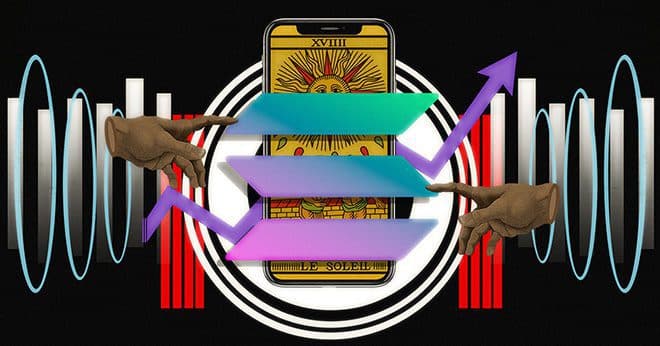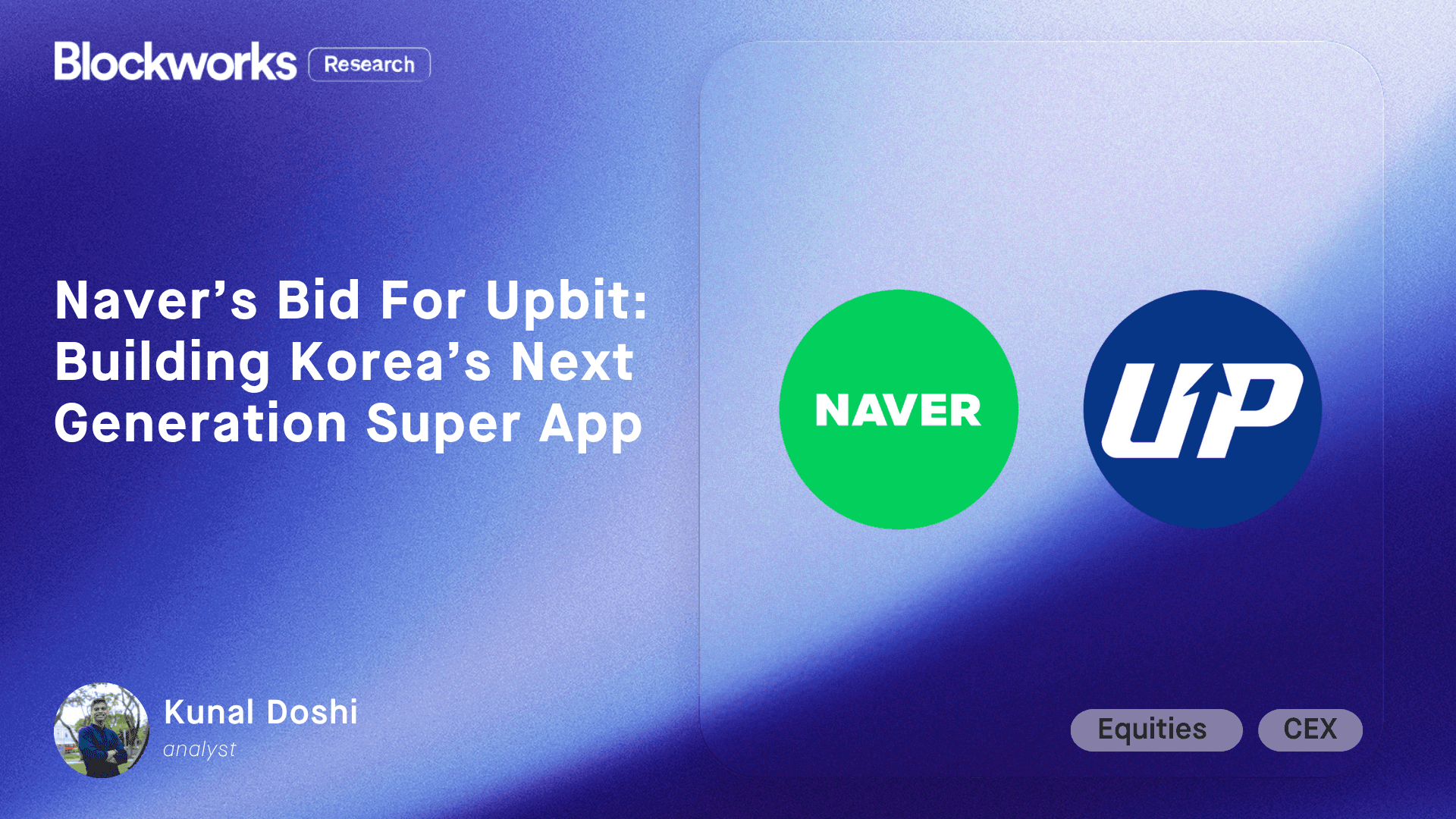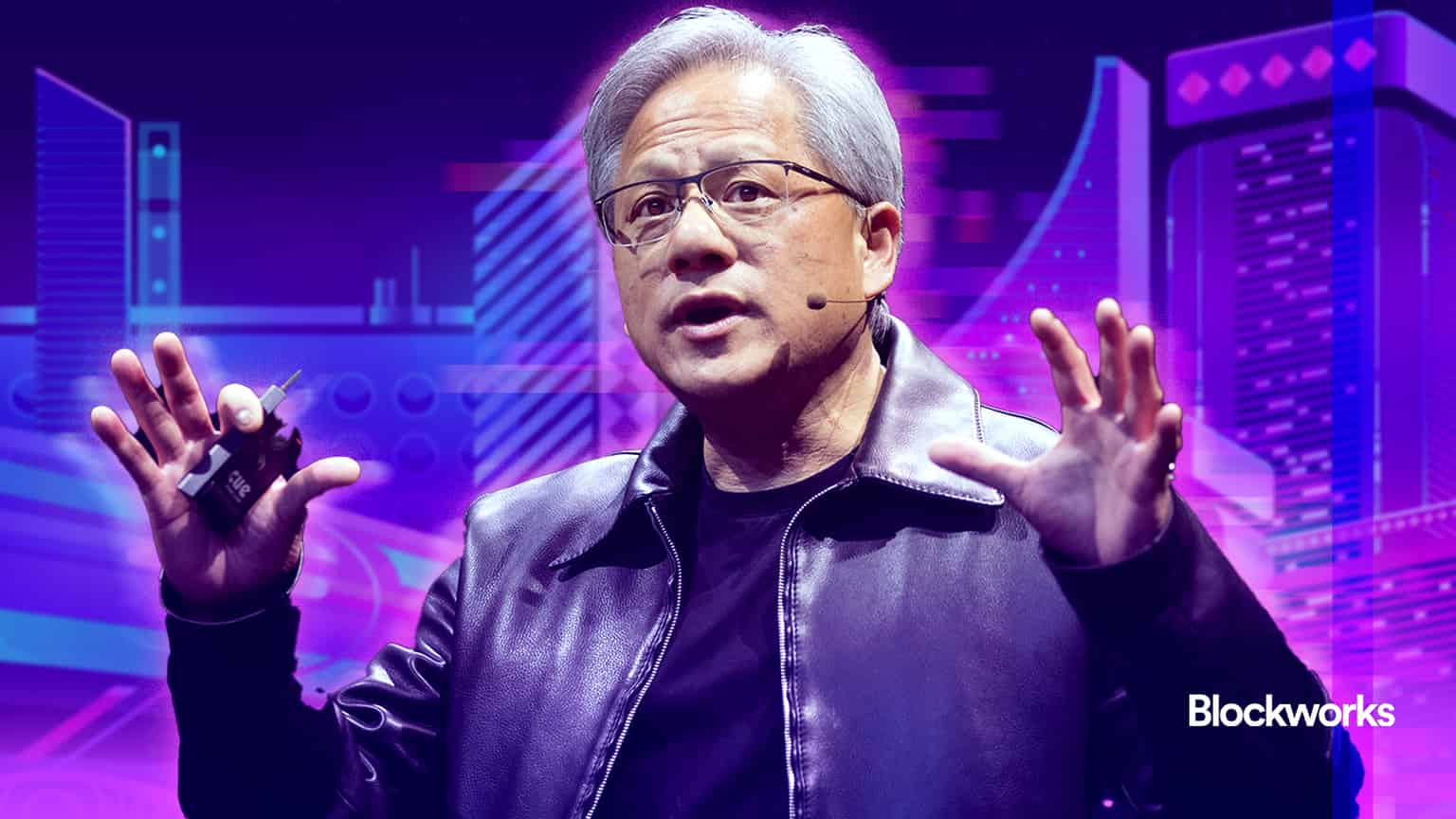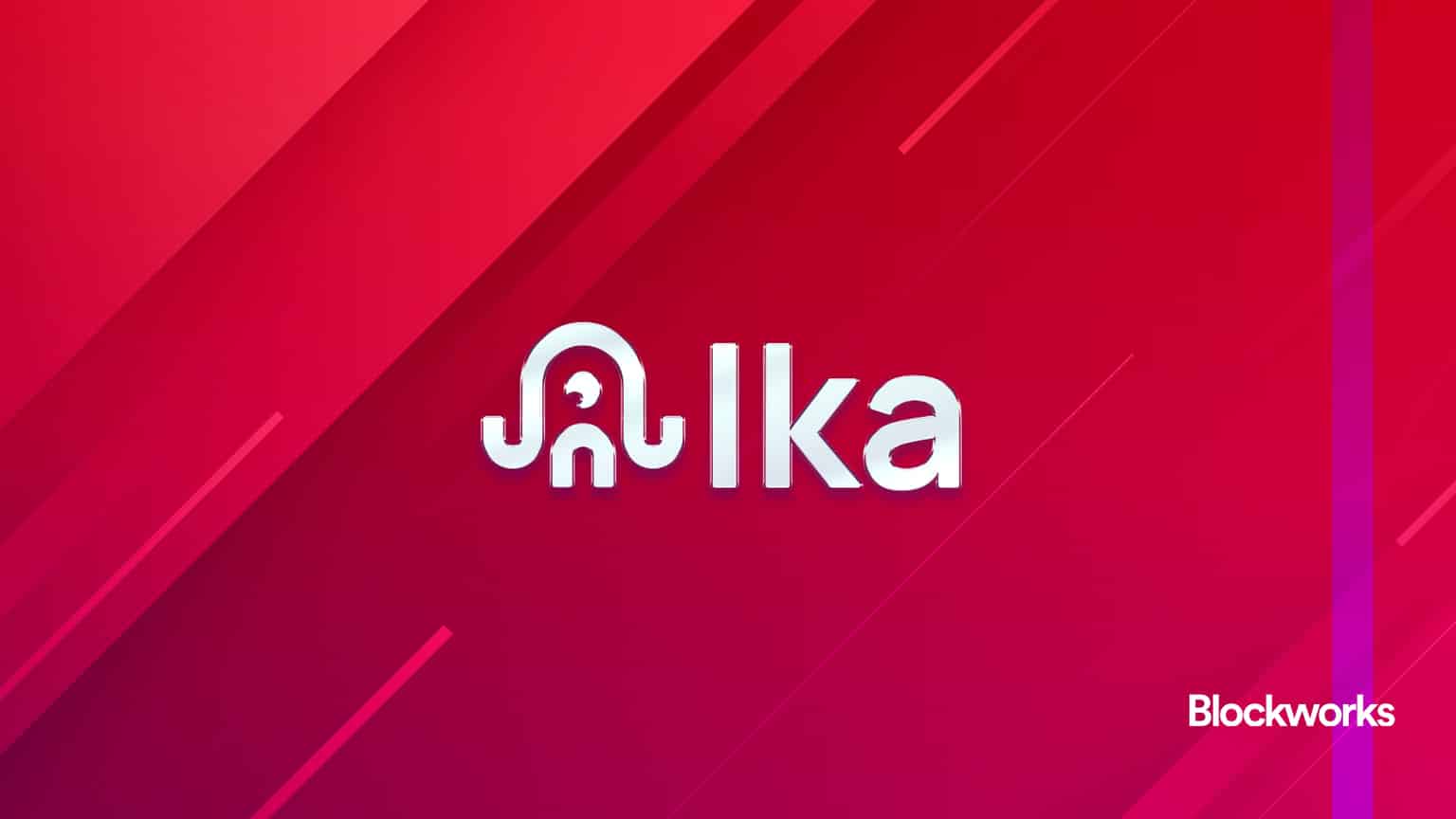Solana Developers Are Reaping VC Rewards
If you want to see where the hundreds of millions of dollars of VC funds will be used next look away from where the marketing people and executives are speaking; developer tracks are the most interesting part of a conference.

Blockworks exclusive art by Axel Rangel
- At the Solana Breakpoint event, the most interesting area was not the main stage, but rather the developer track
- Awareness of $2 billion in venture capital, and a quadrupling of developers in the ecosystem over the past year, is a large part of the reason SOL is up almost 64% in the last month
Breakpoint 2021, Lisbon, Portugal — If you’re building something on Solana, capital isn’t hard to come by. Days before the Solana Breakpoint conference kicked off, FTX, Lightspeed Venture Partners and Solana Ventures announced a $100 million fund for gaming. During the event, another $100 million was put up for grabs by Solana Ventures and Seven Seven Six.
All in all, just over $2 billion in venture capital has been invested in the Solana ecosystem and deployed into Solana-based companies.
However, the companies reaping the VC rewards aren’t the companies that took the mainstage at the event. Instead, they gathered in the developer and growth tracks at the event to discuss building the next DEXs or AMMs. They discussed the nitty-gritty technical details of their next projects and some of the structural challenges in their code.
These companies are decentralized, have a light headcount, and aren’t exactly asking for a round size much larger than the high seven-figures — but their numbers have grown fast this year.
And that’s not for equity, but rather tokens. Liquid tokens that don’t have the same restrictive vesting period as the equity in their non-Web3 peers. For investors, they make a much more compelling and interesting proposition: tokens can be liquidated almost immediately upon receipt, instead of a mandated hold on equity that runs through the bull and bear market cycle. There’s less risk for the investor, building the enticement.
Building real businesses
Don’t let their size or structure fool you, these developers are “building real businesses,” said Raj Gokal, the COO of Solana Labs, on stage during the opening keynote of the conference.
Gokal referenced the growth of the Solana Ignition Hackathon series as an example of why this works. The first Hackathon had 100 participants, and at Breakpoint that number was 600, with even more at unofficial events throughout the city.
Having hundreds of developers on independent teams is of course a boon for dApp growth, but to put that in perspective, Ethereum has tens of thousands of developers. On DeFi metrics, Solana is also doing well, but remains far behind its larger layer-1 rivals. According to Defi Llama, Solana’s $14.15 billion in total value locked across 32 protocols places it third behind both Binance Smart Chain and Ethereum, the latter with over $179 billion.
Businesses that can scale and take advantage of the fast transaction throughput are a necessity for the next generation of DEXs if social media and gaming — with their massive draws for data required — are going to truly work on the blockchain.
Ethereum plans to scale with layer-2 solutions built in modular fashion atop Eth 2.0’s proof-of-stake chain, which is slated to merge with the Ethereum mainnet in the second quarter of 2022.
Other protocol ecosystems, such as Cosmos (which includes Terra) and Avalanche, have cracked $10 billion in TVL and offer similarly ambitious scaling roadmaps.
So the next time you’re at a blockchain conference, check out these developer stages. It’s a key to seeing into the future of a blockchain protocol and getting a better sense of the investment opportunities coming down the pipe. By the time the next Solana Breakpoint rolls around, there should be more clarity on whether the current momentum translates to useful products and economic activity.
There might be a reason why SOL is up almost 64% in the last month, according to CoinGecko. The developer energy is just SOL damn infectious — pun intended.
Get the day’s top crypto news and insights delivered to your inbox every evening. Subscribe to Blockworks’ free newsletter now.






